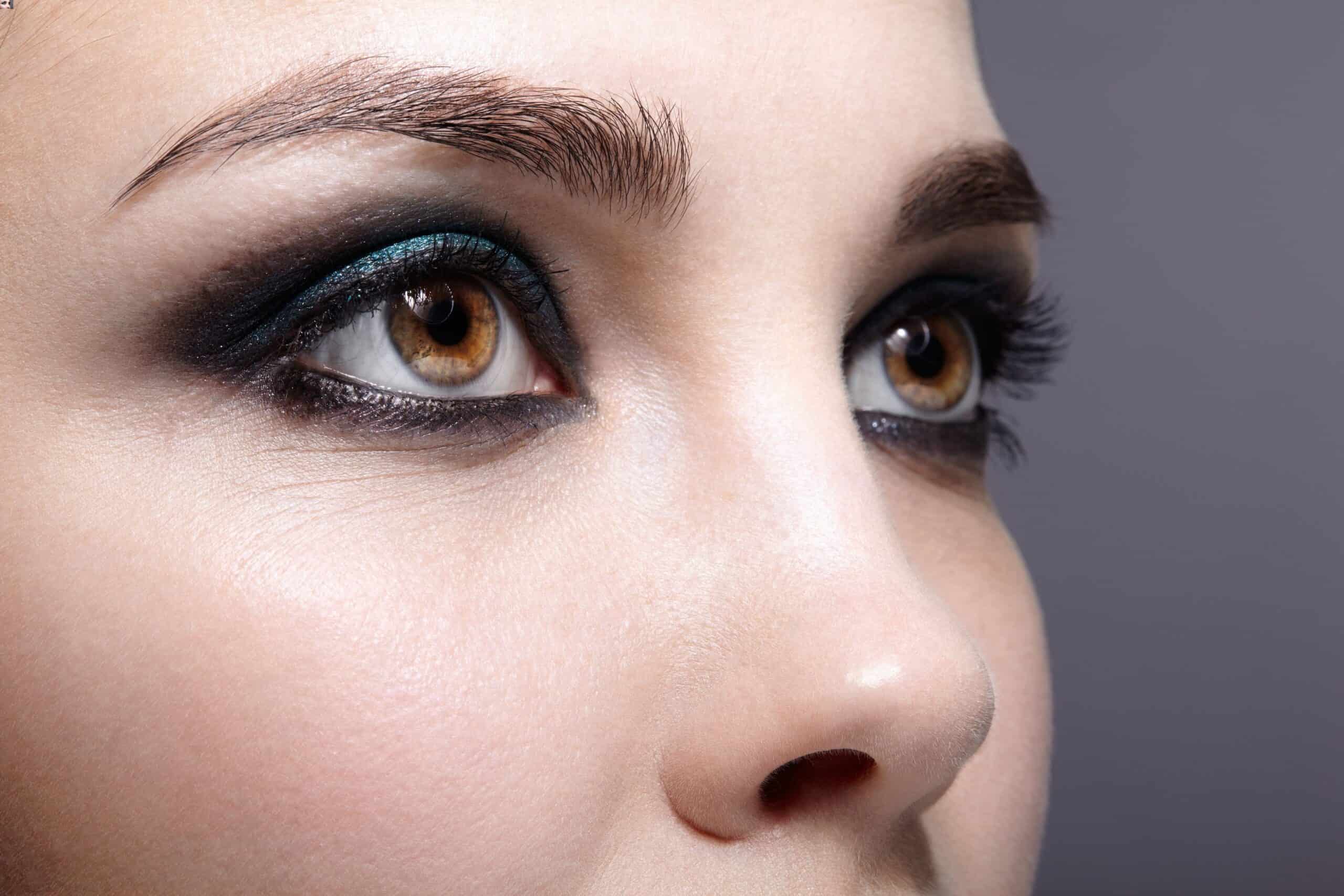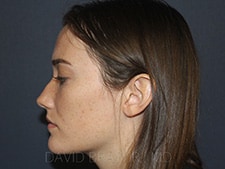Twisted Nose Correction
in Torrance, CA
Also serving Palos Verdes & Redondo Beach
The twisted nose is one of the most difficult problems to correct in plastic surgery. The nose may be crooked for a number of reasons. Diagnosing the cause or causes is essential in achieving superior results.

Diagnosis
Dr. Bray, Jr. will perform a careful physical exam evaluating the nose and facial aesthetics. Additional tests may be helpful including CT Scan and photographic analysis. On external nasal exam the location of the deformity should be identified. This may occur at the upper, middle, or lower thirds of the nose. The intranasal exam must include visualization of the nasal septum and turbinates. The crooked nose must be further evaluated for nasal bone irregularities and deformities. The upper and lower lateral nasal cartilages are assessed for position and symmetry. The status of the internal and external nasal valves is evaluated. The relationship of the caudal septum and nasal spine is determined. Once Dr. Bray, Jr. has determined which structures are causing the twisted nose deformity, a surgical plan will be made and discussed with the patient.
Surgery
The surgical plan is based on the anatomic problems. In most cases the nasal septum must be corrected in order to correct a twisted nose. The area of the septum which is crooked may be removed if removal will not put the patient at risk for nasal collapse. In cases where the septal deviation is high along the dorsal septum or low along the caudal septum, removal of the cartilage could result in nasal collapse. In these cases attempts to surgically straighten the cartilage or to use cartilage grafts to help straighten the cartilage may be performed.
The nasal bones must be addressed in many cases of crooked nose. This is done by performing osteotomies. Osteotomies are cuts made in the nasal bones which allow the bones to be repositioned. In the twisted nose multiple cuts may be required to achieve a straight nose.
Problems with the upper and lower lateral cartilages may also be addressed during a crooked nose correction. In some cases the asymmetry may be corrected with suture shaping techniques. Cartilage grafts may also be used to improve symmetry of the twisted nose. Collapse of the internal nasal valve is not uncommon, and may be treated by placing a spreader graft between the dorsal septum and upper lateral cartilage.
The caudal septum may require repositioning over the nasal spine. The nasal spine may be trimmed to facilitate this process. Generally a suture is used to secure the caudal septum in the midline over the nasal spine.
Postoperative
The postoperative care for crooked nose correction is similar to other rhinoplasty procedures. A nasal splint is placed and is usually removed after one week. Care must be taken to avoid bumping the nose after surgery until healing is complete.
Before/after images of Dr Bray, Jr.’s rhinoplasty work is in the image gallery.






